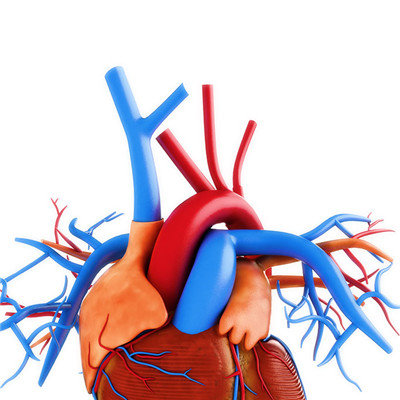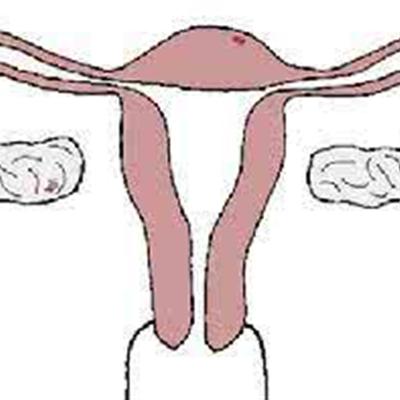What is the symptom of cerebral vasospasm?
summary
With the improvement of current conditions, there are more and more people suffering from cerebrovascular diseases. For the sake of health, some people will have an irregular annual physical examination to check whether the cardiovascular and cerebrovascular diseases are healthy. Angiography is the most direct way to check cardiovascular and cerebrovascular diseases at present. Some people will find that the vascular is in spasm, but they do not have any symptoms, And ordinary people as normal, some patients are appeared certain symptoms to do the examination, then, what are the symptoms of cerebral vasospasm? Let's talk about it.
What is the symptom of cerebral vasospasm?
Cerebral vasospasm itself does not have typical specific clinical manifestations. Generally, 3-5 days after subarachnoid hemorrhage, if the state of consciousness deteriorates, or even accompanied by new signs of focal localization, such as hemiplegia, hemiparesthesia, aphasia, and increased intracranial pressure, such as headache, vomiting, etc., the clinical exception is electrolyte disorder, The possibility of cerebral vasospasm should be highly suspected after CT examination excluding secondary hydrocephalus and intracranial hematoma. There is also the possibility of cerebral vasospasm due to unexplained increase of body temperature and white blood cell count.

Ruptured intracranial aneurysms often lead to subarachnoid hemorrhage. The blood flowing into subarachnoid space and its degradation products are the main causes of cerebral vasospasm. Brain injury, brain surgery, intravascular intervention, tuberculous and purulent meningitis, migraine, hypertensive encephalopathy can also induce cerebral vasospasm.

Cerebral vasospasm refers to the continuous contraction of intracranial artery. If the blood vessels are found to be in a state of spasm only during angiography, the patient has no corresponding symptoms of neurological deficit, it is called asymptomatic vasospasm; If patients with neurological deficit symptoms, it is called symptomatic vasospasm, also known as delayed ischemic neurological dysfunction. Cerebral vasospasm is one of the most common complications of aneurysmal subarachnoid hemorrhage.

matters needing attention
The following prevention and treatment of cerebral vasospasm is mainly aimed at cerebral vasospasm of aneurysmal subarachnoid hemorrhage. Other types of cerebral vasospasm can be taken as a reference and treated according to the actual situation of patients. Including etiological treatment, prevention first, whole course treatment, prevention and treatment of complications.













